The EV Charging and Battery Swapping Station lineup offers scalable solutions for a broad spectrum of vehicles, from passenger cars to heavy-duty trucks and mining vehicles. Models like the DF16, DF20, and DF26 cater to passenger vehicles with quick battery swaps, drastically cutting downtime. For heavier vehicles, the lineup includes Heavy Truck Chassis-type and Hoisting-type stations, in Steel Structure and Container Type variants, designed for logistics and mining sectors. These stations facilitate rapid recharging or battery swapping, supporting the shift to electric mobility with efficient infrastructure for diverse fleets.
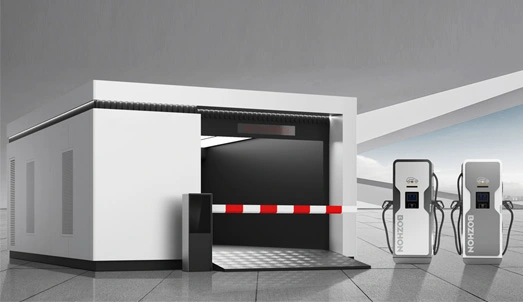

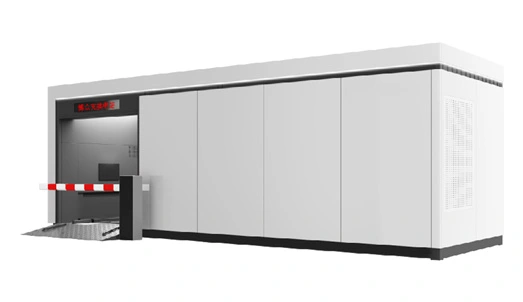

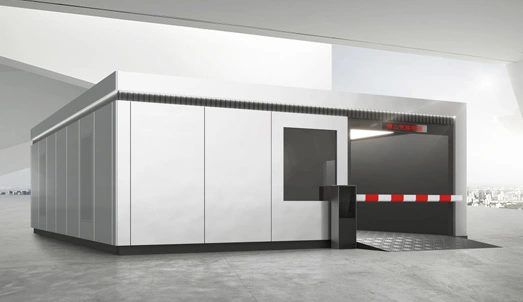

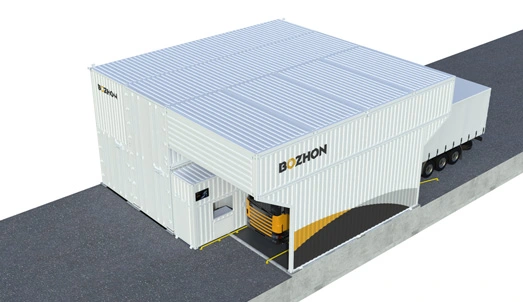

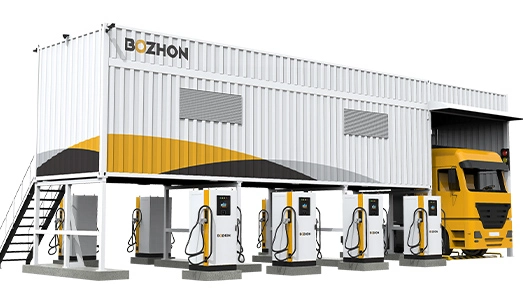

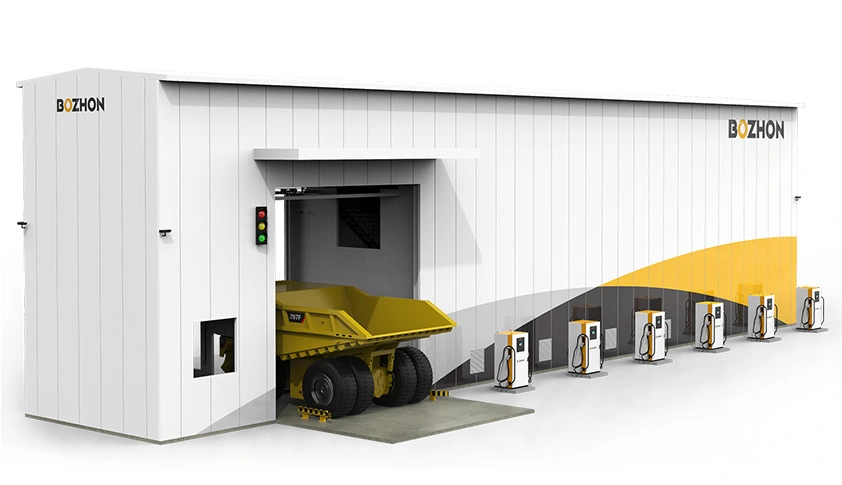

The advent of ultra-fast charging stations is set to revolutionize electric vehicle (EV) infrastructure, marking a significant leap towards addressing one of the most pressing concerns for EV adoption: charging times. Traditionally, EV owners faced lengthy charging periods, often several hours, which posed a considerable inconvenience compared to the rapid refueling times of traditional internal combustion engine vehicles. However, the emergence of ultra-fast charging technology, capable of delivering 350 kW or more, promises to reduce charging times to as little as 15-20 minutes for a substantial recharge, making EV charging almost as quick and convenient as refueling a gasoline vehicle.
This rapid development is not just enhancing user convenience but also alleviating range anxiety, a key barrier to EV adoption. By significantly reducing the time required to recharge, ultra-fast charging stations make long-distance travel in EVs more viable and appealing. Furthermore, the deployment of these stations along major highways and in urban centers is crucial for creating a robust EV infrastructure that can support the growing number of electric vehicles on the road.
The rise of ultra-fast charging stations underscores a commitment to innovation and sustainability in transportation, offering a glimpse into a future where electric vehicles are fully integrated into our daily lives, supported by an infrastructure that promotes efficiency, convenience, and environmental responsibility.
Battery health management in swapping stations is a critical component in ensuring the longevity and performance of electric vehicle (EV) batteries, a key concern for both consumers and operators. Swapping stations, which allow EV drivers to exchange depleted batteries for charged ones within minutes, rely on maintaining a pool of batteries in optimal condition to serve customers efficiently. Advanced battery health management systems are employed to monitor and analyze the state of health (SoH) and state of charge (SoC) of each battery in real time. These systems use sophisticated algorithms to assess data from various sensors embedded in the batteries, predicting their lifespan and performance degradation over time.
By identifying batteries that are underperforming or nearing the end of their useful life, operators can take preemptive action to refurbish or recycle them, thus ensuring that only batteries in peak condition are provided to EV drivers. This not only enhances the customer experience by providing reliable and consistent service but also maximizes the return on investment for operators by extending the overall lifespan of the battery inventory. Furthermore, effective health management contributes to the sustainability of the EV ecosystem by optimizing battery usage and reducing waste. As battery swapping stations become more prevalent, the role of advanced health management systems in sustaining the growth and acceptance of electric mobility becomes increasingly significant.